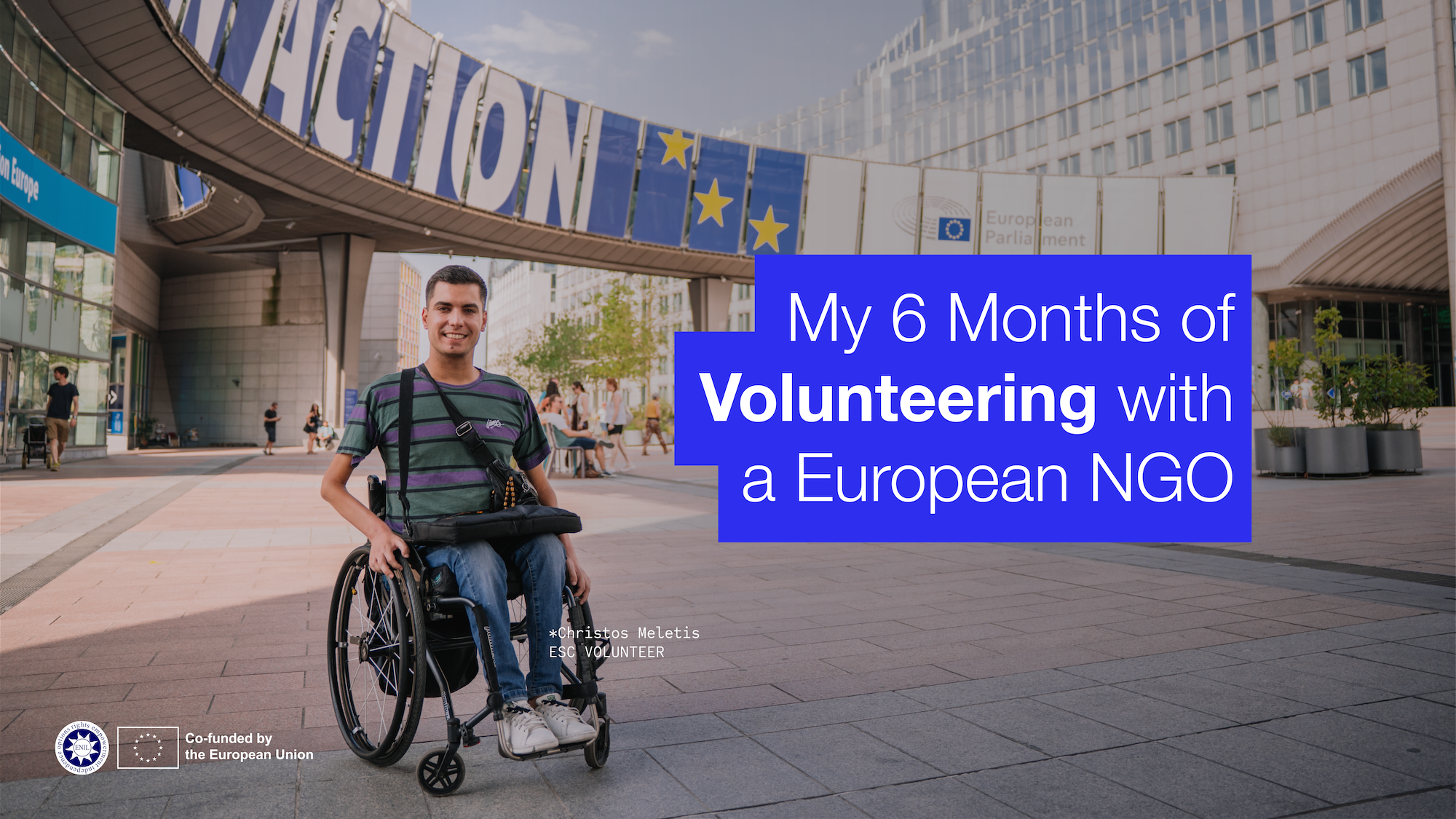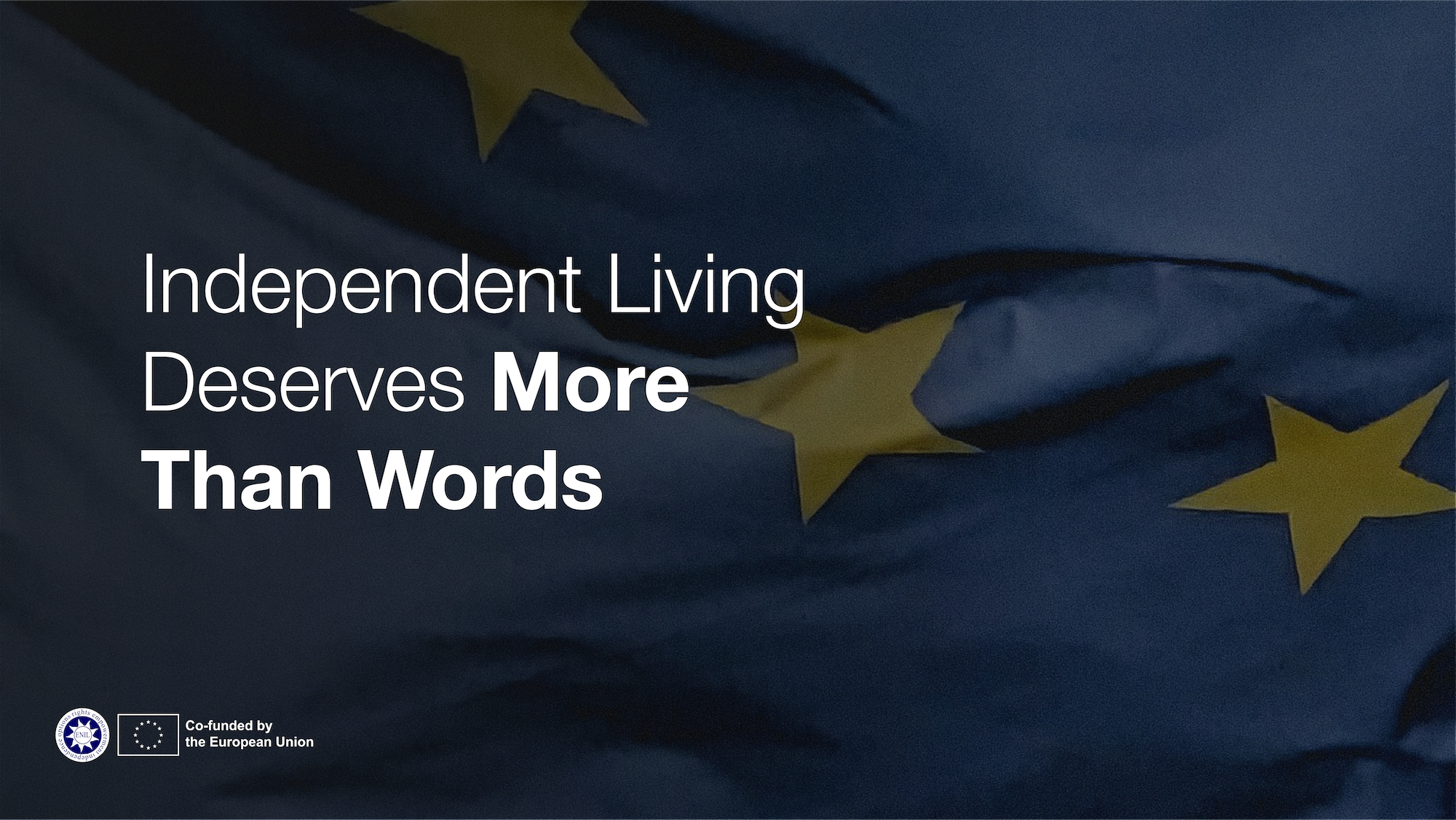On 17 September 2020, the European Commission published the Annual Sustainable Growth Strategy (ASGS) for 2021. In normal circumstances, the ASGS is the guide for the European Semester process. This year, however, the European Commission launched a new tool together with the ASGS – the RRF, or Recovery and Resilience Facility. In this article, we will take a closer look at this new Facility and how it may impact disability rights.
In the happy times before COVID-19, the Annual Sustainable Growth Strategy was followed up by country reports, National Reform Plans and Country Specific Recommendations (for an explanation of these terms, please read this overview). These times are over, as the European Semester process now finds itself affected by COVID-19 as well. To allow more public investments to recover from the COVID crisis, the decision was taken to suspend the Semester process and (temporarily) replace it with the Recovery and Resilience Facility (RRF).
The purpose of the RRF is to encourage Member States to make (public) investment to speed up the economic recovery after the COVID crisis. Unlike the Semester process, the Member States can now apply for EU grants to make these investments possible. The money for those grants comes from the 750 Million Euro the Commission can now borrow on the financial market (a bit like EU loans).
To access these grants, countries will need to submit National Recovery and Resilience plans (NRRP). The European Commission will then give feedback to these plans by April 2021. The national finance ministers will then adopt implementation plans for each country, to specify reforms and investments on the basis of the NRRPs and the Commission assessment. The countries then have to implement the proposed actions to access the grants.
So, this is the theory. The objective to invest in economic recovery also seems good. 37% of the investment will also be done in “green transition” and 20% will stimulate the “digital economy”. What is missing, however, are targets for investments in inclusion or protection mechanisms to avoid, for example, investments in institutional care. While the Commission has assured us that no money will be invested in institutional care, it is easy to imagine a refurbishment of an institution being presented as a “green transition”, especially since the finance ministers are in charge of the process.
While the guiding text around the RRF makes reference to the EU Social Pillar as a compass, there are no strong safeguards to ensure all investments are in line with the Pillar, or indeed the UN CRPD. Monitoring the process will also be difficult, because unlike the Country Reports in the European Semester process, the Member States can now freely decide if they make their NRRPs public or not. Participation of civil society is also encouraged, but again not required.
Even though it remained a largely economic/budget instrument, which also enabled austerities in the social sector, ENIL and other NGOs worked hard to make the European Semester “more social” over the years and with moderate success. Although the setup of the RRF is less focused on a balanced budget then the original Semester, it looks like the RRF aims to once again take away the targets and safeguards for investments in inclusion. We will continue to follow up to developments in the RRF process and will also need your help to check if the NRRPs respect the Member States obligations under the UN CRPD and other human rights laws and policies.


